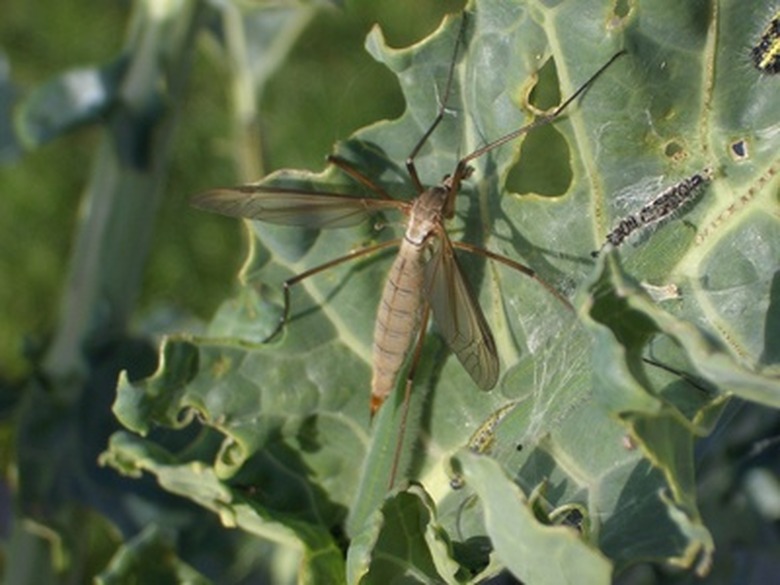The Derris Insecticide
Although insecticide science has come a long way since the days of DDT, most insecticides are still poisonous and take a toll on the environment. Although nonchemical insecticides fail to prevent all the damage done by insects in the home garden, they often have lower toxicity. Derris-based insecticides are somewhat safer than their chemical counterparts.
The Derris Plant
The derris plant is a plant native to Asia. It is a climber that grows in mangroves. The derris plant blooms white flowers that are delicate and fragrant. The derris plant has a poisonous leaf used for poisonous darts and was once used in fishing to stun fish, says the Naturia website.
- Although insecticide science has come a long way since the days of DDT, most insecticides are still poisonous and take a toll on the environment.
- Although nonchemical insecticides fail to prevent all the damage done by insects in the home garden, they often have lower toxicity.
Derris Use
The most common derris based insecticide is rotenone. Rotenone is made of powder made from derris root and the cube plant of South America. The insecticide is harmless to plants but kills insects and fish. It leaves no harmful residue on the plant crop, according to New Mexico State University.
Application
Derris comes in a powdery form that is dusted over the plant areas affected by insects. The powder is made from the root of the derris plant. It is a stomach poison, so is most effective against chewing insects says Cornell University. Check the packaging of the insecticide for mixing instructions and use.
- The most common derris based insecticide is rotenone.
- Rotenone is made of powder made from derris root and the cube plant of South America.
Effectiveness
Derris is a slow-acting insecticide, often taking several days to take effect. When the sun is hot and the wind is high, derris will only stay in the environment for one week at most. Several applications may be necessary for it to be effective. It is best used against aphids, beetles and caterpillars. It is also used against lice and fleas on animals.
Warning
Wear a mask while applying derris insecticides in the garden. According to Cornell University, breathing derris dust may cause respiratory irritation. Prolonged exposure may be fatal. Numbing of the tongue and lips may indicate poisoning. Dermatitis may appear on the skin when rotenone comes in contact with the body.
- Derris is a slow-acting insecticide, often taking several days to take effect.
- Dermatitis may appear on the skin when rotenone comes in contact with the body.
